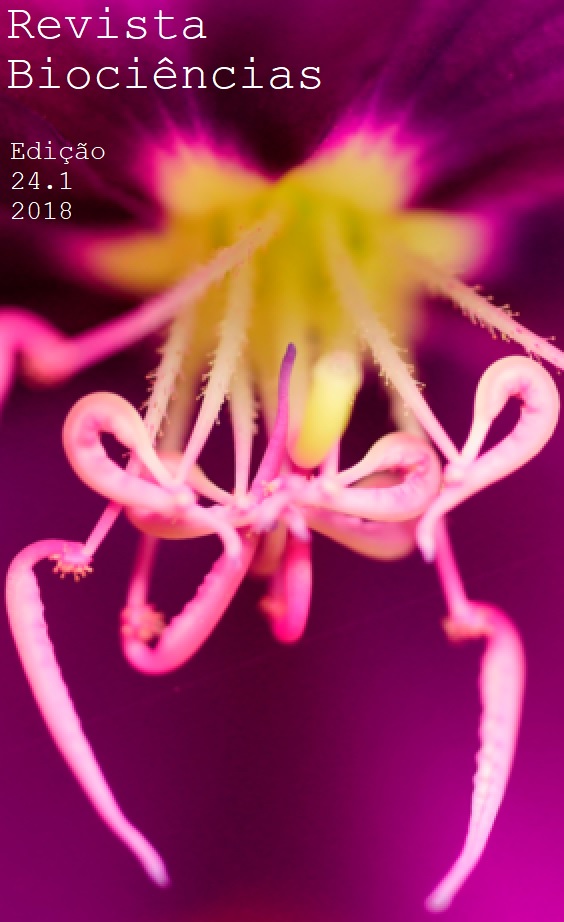Development of ecophysiological simulation model to estimate a potential productivity of sugar cane in Brazil and Australia
Palavras-chave:
ecophysiological, ecology, plant physiology, bio-energy.Resumo
A model of sugarcane was built to simulate the potential yield (without nutrition and water restrictions) for sustainability analysis of new expanded cultivation areas to ethanol or sugar production or climate change impact studies. The potential yield in terms of dry matter of sugarcane was adjusted to estimate the carbon dioxide absorption. As photosynthetic pathway C4 plant, in relation with air temperature and solar radiation to calculate a monthly production of dry matter (DM) was calculated during the crop cycle. The DM take in account gross photosynthetic rate subtracting loses by maintenance respiration, senescence of leafs, and tillers during the cycle. The BRCANE is a dynamic simulation model, it isbuild by mathematical equations which describe the physiological behaviour due to environment conditions averaging the thermal variables, model was calibrated which constants that they was obtained through adjusts of literature results and it was validated with experimental data. The simulated DM by the model was contrasted with data which obtained during the cycle from experimental irrigated field (cultivars RB72 454, NA 56-79, CB 41-76, CB 47-355, CP 51-22, Q138, and Q141), in the São Paulo State (Brazil) and in Bundaberg SES, Queensland (Australia). The results of total DM were modified in stalk tons per hectare (Mg ha-1) through linear equation for each cultivar, with regression coefficients higher than 0,89**(R2) and higher than those obtained by APSIM (R2 = 0.78*) and CANEGRO (R2 = 0.71*) models. The model showed consistent simulations for DM during the crop cycle, as well as on simulated yield.






